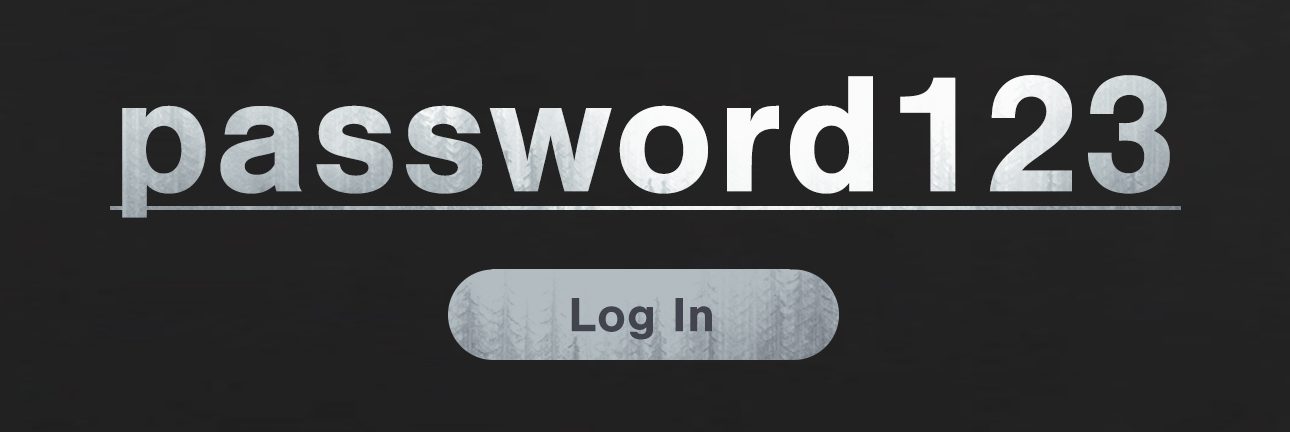The evolution of technology has given us greater access than ever before. Inventions like the cloud enable us to connect with our data anywhere, anytime with ease. Yet not everyone believes these advancements are accompanied by an appropriate amount of security, especially when it comes to their businesses. Of course this isn’t true, but that doesn’t stop our imaginations from getting the best of us from time to time.
Some might envision a black-hat hacker — like one seen in any number of popular films — who could pounce on employees’ data the moment it goes online. This idea might be so moving, in fact, that some may be inclined to store sensitive information like Social Security numbers on a sticky note beneath their keyboard.
Fortunately, the right HR tech has ensured these nightmares stay firmly in the realm of science fiction. But even so, some organizations may still be reluctant to digitally transform due to scenarios like the ones above. After all, the importance of your business’s cyber security and the consequences if it’s ever compromised are very real. The myth that employee data isn’t safe in HR tech, however, is not.
Cracking the code
You might not be entirely off base if you’re feeling cautious. In the past decade, a number of high-profile data breaches made waves across the news media. From employee data being held hostage to millions of consumers’ payment information being published, a small crack in cyber security can yield an avalanche of repercussions. However, even these infamous breaches aren’t necessarily the result of easily cracked software, but a far more common nemesis to security — human error.

That’s right. It’s rarely the software itself that produces vulnerabilities, but instead common missteps in our security practices. Sending banking or login information through unencrypted channels like email or text, for instance, can leave data open to interception. Jotting such info down on a piece of paper not only renders data insecure but also risks loss in the event the note is accidentally thrown out, misplaced or destroyed.
According to the Society for Human Resource Management (SHRM), the weakest links in HR security are easily guessed or unsecured passwords. When employees lock their credentials with something like “password 1-2-3,” it’s as if you spent thousands of dollars on a top-of-the-line home security network only to lay your house key on top of your welcome mat.
Locking it down
The key to better protection lies in awareness. Through better tech and increased education, more organizations are tightening up their security measures. In a survey from Sierra-Cedar, 70% of organizations reported they have an HR security strategy in place. Unfortunately, the other 30% of respondents may be susceptible to immeasurable security risks. And one person’s misstep can be enough to compromise an entire operation.
Furthermore, just because your business may have an HR security strategy in place, that doesn’t mean the tools at your disposal are the most effective. Just as no two employees’ passwords should be identical, not all HR tech is created equal. In fact, some may lack modern security measures that can help keep your organization’s data safe and secure.
A fully encrypted, single-database solution could improve your overall security by keeping all of your HR processes in one location, eliminating the need to send sensitive HR information through email or text. This also enables the seamless flow of data between tools without relying on your workforce for safe-keeping and re-entry. When considering an HR provider, you should keep an eye out for the following safety measures:
- multifactor authentication
- 256-bit encryption
- ISO certification
- regular SSAE 16/SOC 1 audits
Additionally, regular training — which can be implemented through Paycom Learning — can help your employees regularly brush up on security practices. With the right HR tech and education, your organization’s data can be safe, secure and removed from any sticky notes. Finished removing “1-2-3” from your passwords? Check out our YouTube series for more busted HR myths.
DISCLAIMER: The information provided herein does not constitute the provision of legal advice, tax advice, accounting services or professional consulting of any kind. The information provided herein should not be used as a substitute for consultation with professional legal, tax, accounting or other professional advisers. Before making any decision or taking any action, you should consult a professional adviser who has been provided with all pertinent facts relevant to your particular situation and for your particular state(s) of operation.

